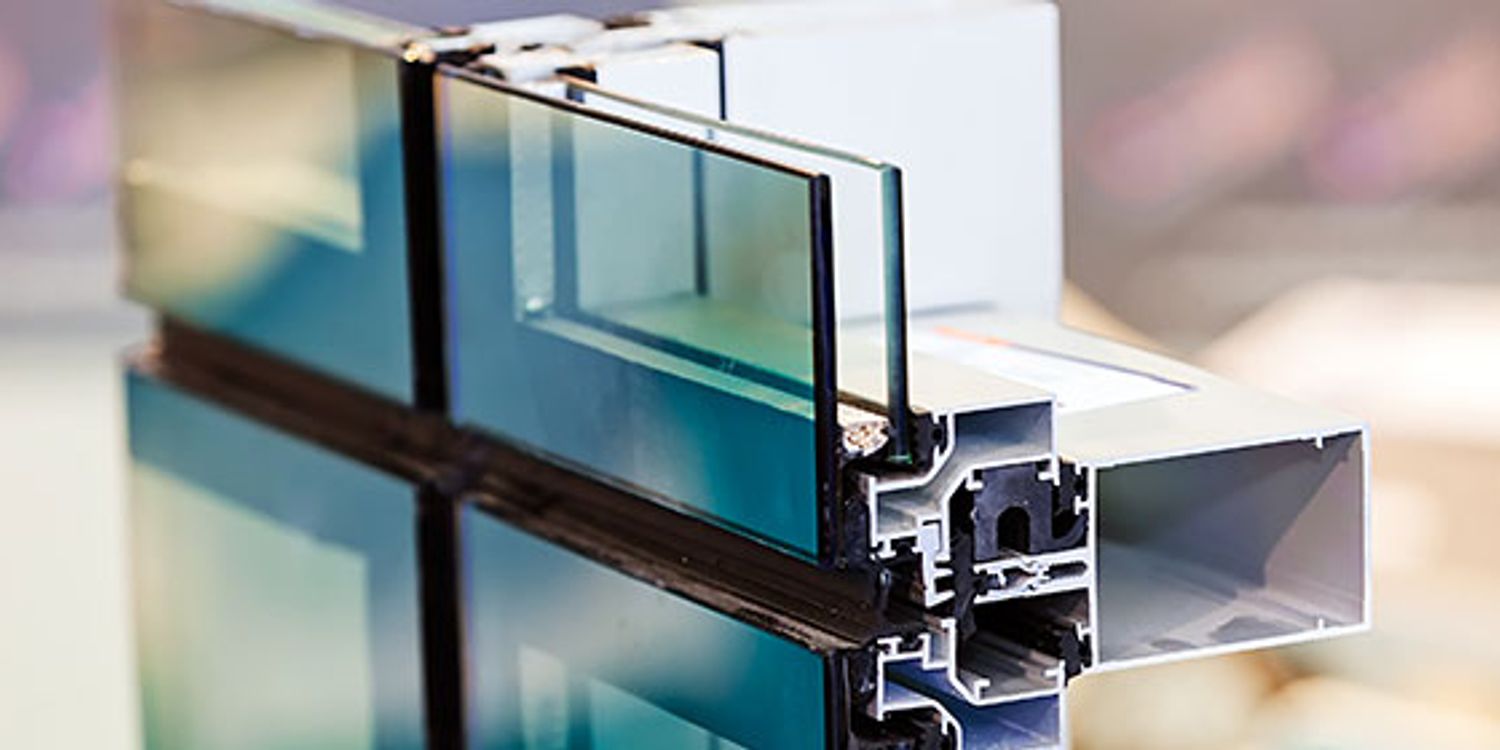All Categories
Featured
Table of Contents
Single Glazed Vs Double Glazed Windows - Ultimate Guide in Winthrop Perth
That window can send more solar heat in winter than in summer season. A west-facing window on a summer season's afternoon has an angle of incidence from near 0 up to 30 with a large efficient area of solar radiation. A north-facing window, in summer, has a high angle of incidence and a low effective location of solar radiation, so can transfer less heat than a west-facing one.

You can quickly and easily improve the thermal efficiency of your house by replacing your windows. This is among the most efficient approaches of renovation to achieve better thermal comfort. There are thousands of types of glass and frames to pick from. Choosing the best ones is important to improving the energy efficiency of your home.
Does Double Glazing Have A Vacuum? in Cottesloe Western Australia
Single glazing with clear glass is not really effective when it comes to heat loss or gain. To enhance efficiency, you can use single glazing with a more energy-efficient type of glass such as low emissivity (low-e) glass.
Multiple layers can be put together with sealed cavities in between each sheet of glass. IGUs generally offer better energy performance than single glazing, due to the fact that they transmit less energy. Nevertheless, the energy efficiency of IGUs also depends on: the properties of each layer of glass. Different glass types (for instance, clear and low-e glass) can be put together in an IGU.
Double Glazed Windows Brisbane in Melville Western Australia

IGU cavities can be filled with air or a more inert, low-conductivity gas such as argon the width of the cavity. Larger cavities offer lower (much better) U values, with 12mm usually accepted as the preferred gap how well the cavity is sealed.
If argon is set up to the cavity in place of air, wetness is reliably omitted the level of desiccant (drying agent). The spacer (metal or polymer strip) that separates the glass layers consists of a desiccant to take in any wetness. Insufficient desiccant may cause moisture to condense on the glass surface in cold conditions, minimizing thermal efficiency.
Which Type Of Glass Is Best For Energy Efficiency? - A&l Windows in Kinross WA
In truth, IGUs can deliver much better energy efficiency for all environments, especially in heated and air-conditioned houses. Cross-section detail of single, double and triple-glazing systems Low emissivity glass (frequently referred to as low-e glass) decreases heat transfer. Low-e glass might be either high or low transmission: High transmission low-e glass has a finish that allows daylight from the sun to enter your home to accomplish excellent solar heat gain, but reduces the quantity of the long wavelength infrared heat that can escape back through the window.
Low-e glass has either a pyrolytic finishing or a vacuum-deposited thin film metal finish. Pyrolytic coatings are long lasting and can be used for any glazing; vacuum-deposited coatings are soft and are only utilized within IGUs. Low-e finishes can considerably improve both U value and SHGC; however, they should be utilized properly or they will either deteriorate or stop working to carry out as required.
What Are The Advantages Of Double Glazed Windows? in Mindarie Perth
Low-e coverings can be utilized in combination with clear, toned or reflective glass. Low-e finishings on glazing can lower heat transfer where needed Picture: Department of Industry, Science, Energy and Resources Toned glass has colouring ingredients included throughout manufacture. It is readily available in different colours, generally bronze, grey, blue and green.
Table of Contents
Latest Posts
Does Double Glazing Keep Heat Out in South Fremantle Perth
Which Double Glazed Windows Are Best For Summer? in Kalamunda WA
Why Install Stunning Double Glazing Windows During Summer? in Hamilton Hill Perth
More
Latest Posts
Does Double Glazing Keep Heat Out in South Fremantle Perth
Which Double Glazed Windows Are Best For Summer? in Kalamunda WA
Why Install Stunning Double Glazing Windows During Summer? in Hamilton Hill Perth